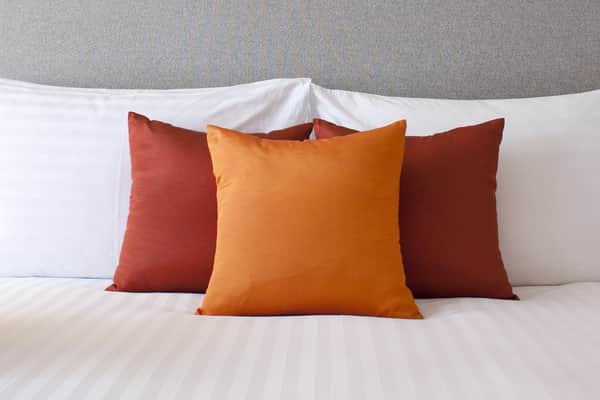Even though most American travelers don’t know exactly what a bed bug looks like, 60 percent say they would switch hotels if there was evidence of them, according to a University of Kentucky survey reported by Phys.org. In fact, the negative response to bed bugs was significantly higher than responses to other undesirable factors in the survey, such as signs of smoking or dirty linens.

It’s not surprising that travelers would have such a strong aversion to a pest that tends to strike people when they are at their most vulnerable – asleep. Bed bugs, small ectoparasitic insects that seek the blood of warm-blooded hosts, nest in and around beds and feed on slumbering people. They can be hard to spot, and can cause itchy and sometimes painful bites.
Bed Bug Infestations Are Rising
Bed bugs can be transported by travelers and infestations are on the rise across the country. One in five Americans has had a bed bug infestation in his or her home or knows someone who has encountered bed bugs at home or in a hotel, according to the National Pest Management Association (NPMA). The NPMA also reported that 99.6 percent of pest professionals surveyed have treated for bed bugs in 2015, significantly more than 15 years ago.
What Can Hotels Do To Ease Travelers’ Fears?
Even if a hotel hasn’t experienced bed bugs, it’s smart to take a proactive approach by educating hotel staff and having a plan in place for dealing with an infestation. Here are some suggestions for mounting a strong bed bug defense.
Know how to identify bed bugs
- Bed bugs have an oval-shaped body about the size of an apple seed and are reddish-brown in color
- Bed bugs have a flattened body, but if they’ve recently fed then their abdomen can appear longer
- Mature bed bugs have a small head and larger oval-shaped body
- Bed bugs do not have wings, so they cannot fly and they do not jump
Know where to look for bed bugs
Many bed bug infestations are found in:
- Beds
- Furniture
- Picture frames
- Baseboards adjacent to beds
Bed bugs can also hide in cracks, as well as the folds and tucks of a bed
Know how to recognize bed bug signs
- Small brown (fecal) stains on bedding
- Small blood spots on sheets
- Molted skin from bed bugs
- Bite symptoms (although some people may not show bite symptoms at all)
Have a Commercial Pest Control Plan in Place
In addition to being difficult to spot, bed bugs can be difficult to control and are resistant to many pesticides. Even if beds and furniture have been treated, bed bug populations may still be thriving under carpets, in walls or in other less accessible areas of your hotel. One product or technique used alone is not likely to be effective against bed bugs, which is why professional bed bug treatment is recommended.
Choose a Commercial Pest Control Partner with Specific Experience
Hotels should choose a commercial pest control company that has specific experience in treating bed bugs in hotels. Terminix® Commercial offers customized bed bug treatments that detect infestations early to control bed bugs quickly and effectively.
Consider Communicating With Guests
The same University of Kentucky survey cites that 46 percent of respondents indicated they would appreciate a hotel providing information on bed bug prevention, and that respondents would stay at a hotel that communicated such preventive measures. In some cases, it might be a good idea for a hotel to tell guests about the steps that have been taken to help prevent infestations. This is particularly true if the hotel has had bed bug problems in the past or is in an area where the pests are common and people may be especially weary.
Don’t lose sleep over bed bug fears. Get a free estimate on commercial bed bug treatment, and rest easy along with your guests.




